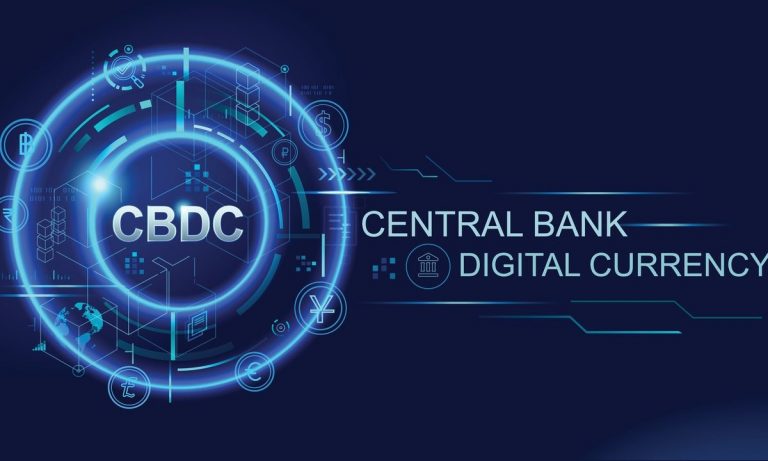
The Federal Reserve is expected to adopt a gradual and cautious approach to developing a central bank digital currency (CBDC), according to a report by RBC Capital Markets. The report, published on Wednesday, analyzes the potential implications of a US CBDC for the financial system, the economy and the Fed’s monetary policy. The report also compares the US approach to that of other countries, such as China, which has been aggressively testing its own digital yuan.
The report argues that the Fed is unlikely to rush into launching a CBDC, given the complex and uncertain challenges that such a project would entail. The report cites several factors that could slow down the Fed’s progress, such as:
- The need to ensure interoperability and compatibility with existing payment systems and infrastructures.
- The need to address legal, regulatory and privacy issues, as well as potential cyber threats.
- The need to balance the trade-offs between efficiency, security and inclusion.
- The need to preserve the role of commercial banks and other intermediaries in the financial system.
- The need to avoid disrupting the Fed’s monetary policy framework and tools.
The report suggests that the Fed will likely pursue a “two-tiered” model for a CBDC, in which the Fed would issue and distribute the digital currency through commercial banks and other regulated entities, rather than directly to the public. This would allow the Fed to leverage the existing financial system and minimize the risks of disintermediation and financial instability.
Tekedia Mini-MBA edition 14 (June 3 – Sept 2, 2024) begins registrations; get massive discounts with early registration here.
Tekedia AI in Business Masterclass opens registrations here.
Join Tekedia Capital Syndicate and invest in Africa’s finest startups here.
The Federal Reserve has been exploring the possibility of issuing a central bank digital currency (CBDC) for the United States, a digital form of money that would be backed by the central bank and could be used for payments and settlements. A CBDC could offer several benefits, such as enhancing financial inclusion, improving efficiency and security, and supporting innovation in the payment system. However, a CBDC also poses significant challenges and risks, such as affecting monetary policy, financial stability, privacy, and cybersecurity.
One of the key design choices for a CBDC is whether it should be account-based or token-based. An account based CBDC would require users to have an account with the central bank or an intermediary institution, and transactions would be verified by identity. A token based CBDC would not require an account, and transactions would be verified by cryptography. An account-based CBDC could offer more oversight and control, while a token-based CBDC could offer more anonymity and accessibility.
According to a recent report by the Federal Reserve Bank of Boston, the Fed will likely pursue a “two-tiered” model for a CBDC, where both account-based and token-based forms of digital money would coexist and complement each other. The report argues that this model would balance the trade-offs between the two approaches and provide users with more options and flexibility. The report also suggests that the Fed would not directly issue or manage the CBDC, but rather rely on a network of intermediaries, such as banks and fintech firms, to distribute and operate the digital currency.
The two-tiered model is not without its challenges, however. The report acknowledges that there are still many technical and legal issues to be resolved, such as how to ensure interoperability, scalability, and security of the CBDC system, how to protect users’ privacy and data, and how to prevent illicit activities and fraud. The report also notes that the Fed would need to coordinate with other central banks and international organizations to ensure global compatibility and cooperation.
The Fed has not yet made a decision on whether to issue a CBDC, but it has been conducting extensive research and experimentation on the topic. The Boston Fed is collaborating with MIT to develop a prototype platform for a CBDC, which is expected to be completed by mid-2024. The Fed is also planning to release a discussion paper on the benefits and risks of a CBDC later this year and solicit public feedback on the potential design and features of a digital dollar.
However, the report also warns that a US CBDC could pose significant challenges and risks for the Fed, such as:
- Increasing the operational complexity and responsibility of the Fed.
- Eroding the profitability and viability of commercial banks and other intermediaries.
- Creating new channels for cyberattacks and fraud.
- Affecting the demand for cash and other forms of money.
- Altering the transmission and effectiveness of monetary policy.
The report recommends that the Fed should continue to conduct extensive research and experimentation on CBDCs, as well as engage with stakeholders and the public to solicit feedback and build trust. The report also urges the Fed to collaborate with other central banks and international organizations to coordinate standards and best practices for CBDCs.



